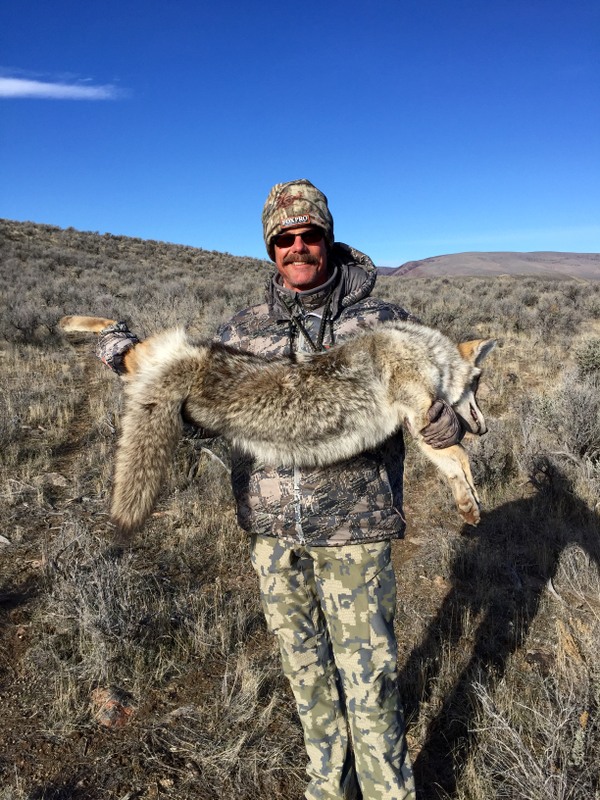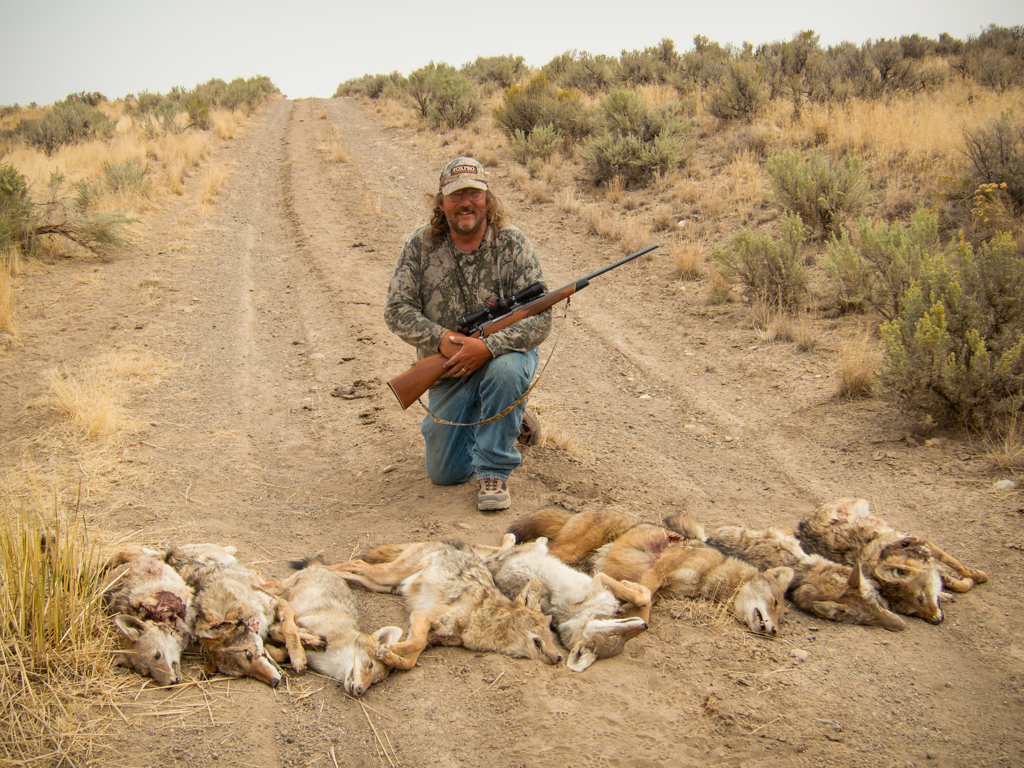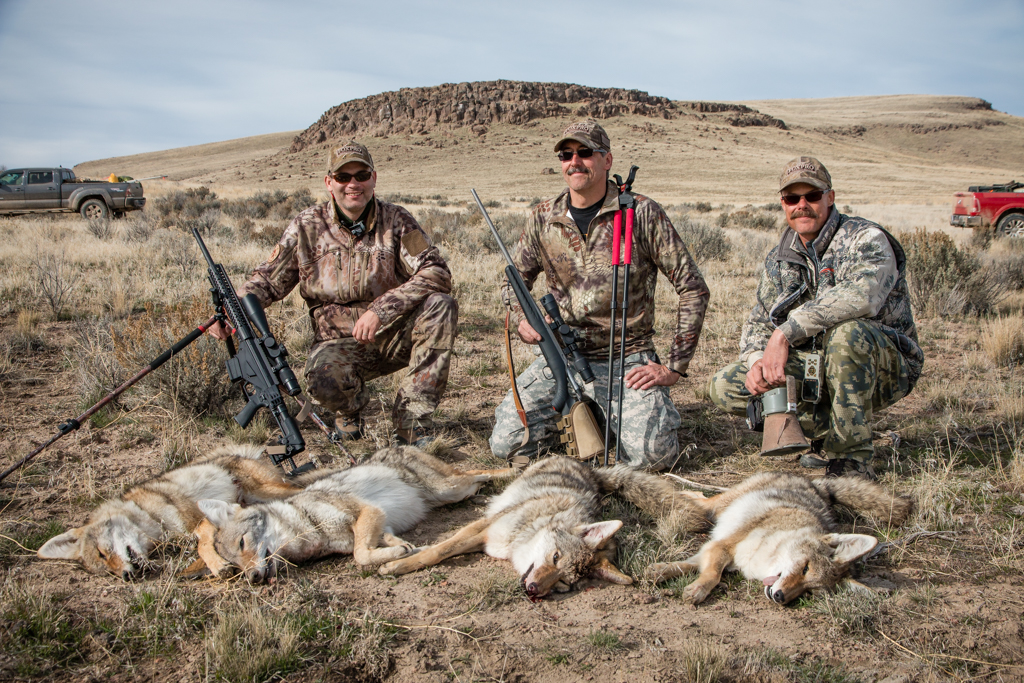I am not very good with vocals. For the majority of my coyote hunting life, I mostly just have not used them. It's my weak suit, for sure. But I decided about a year ago that I was going to work harder on learning to use them effectively. I travelled some long distances to hunt with some of the guys I consider the best, most experienced coyote men around to learn more about vocalizations from them and I've been using a lot of vocals this year in various ways.
All that to simply establish that I'm not qualified to answer your questions! It all beats the heck out of me too.
But, your last sentence "does any guys actually have an example or knowledge of this that it actually works?". Not counting any of the denning stuff I saw and did this summer, talking only about fur season, I actually do have a couple of recent examples, where howling seems to have worked.
First example was about five weeks ago. Cold rolling some new country. My partner and I stayed up way past bedtime driving around locating, that is, stop and howl and listen for an answer, until we had located enough coyotes exact locations to come back and have a full morning of stands to hunt. Made five stands the next morning, every one of them in a spot I knew coyotes were there, killed coyotes on every stand. Eight coyotes, on five stands, before noon, to be exact.
I'm sure we'd have done just fine without the locating. But I also feel confident that knowing where the coyotes were ahead of time didn't hurt!
Two more examples from my most recent hunt, last week.
First example, had a coyote very late in the stand hung up about 500 yards out. Had been watching this coyote about ten minutes, while it circled way out there. Finally it stopped on a ridge about 500 yards out, just standing there. I tried a few different sounds trying to get it to break loose. But after a minute or two, it simply turned and started walking away. I tried a Lone Howl on the Foxpro. The coyote immediately stopped walking away and turned around to face me again. Then I tried a cottontail sound, and the coyote finally broke loose and came trotting in to get dead. From what I was able to actually see on this stand, I think it was the howl that finally got this coyote really interested and commit.
It was the last of these four coyotes all killed on the same stand. It was the biggest one, the one with the huge looking tail, an adult male.
Another example from the same hunt. Had a coyote coming in to the jackrabbit from a long way out. At about 250 yards, it came to a ditch bank where it had to cross a creek. Well, while approaching the bank, a jackrabbit jumps out and the coyote took off after it down into the creek ditch and ten minutes later I hadn't seen the coyote again. I figured it was still down along the creek and could hear my distress sounds but wasn't interested as it had plenty of rabbit action right where it was at. So I thought, maybe if I howl, that coyote will pop back up on the bank for a look and I can take the 250 yard shot? So, I used the Lone Howl sound again. And sure enough, that coyote immediately popped up on the far ditch bank to look! I dropped it right there. Another adult male.

That last deal, where I knew there was a coyote around and all I wanted was for it to show it's face and give me a shot, I have used that Lone Howl a number of times this year that it has worked like that. And I have also just thrown it out there towards the end of a stand, not knowing if a coyote was close or not, and had them step out from behind a sage brush or whatever to take a peek. These coyotes weren't going to come any closer, but a lot of them just by showing themselves gave me all I needed to put them down and carry them back to the truck.
Like I said, I don't actually have any answers. I don't know how to use howling worth a crap. But, I've been making a dedicated effort to getting better and learning how to use them and have been having at least some success. This year, I've used howls on almost every morning stand - the first three or four stands of the day. And have killed coyotes on most of those stands. Of course, I have always killed coyotes on most of my morning stands, so that doesn't prove a thing. Other than, the howling must not hurt? Bottom line though, I do believe I've increased my take this winter by judicious use of howling.
Hopefully, someone that actually knows something about howling will chime in!
- DAA




